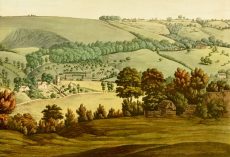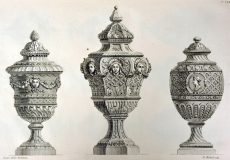- About
- Visiting
- What’s On
- Venue hire
- Catalogues
- Collections
- 101 Treasures of Chetham’s
- Digital Resources
- The Flowers of Histories
- A Book of Hours from France
- The Manchester Scrapbook
- Thomas Barritt of Manchester
- Art Treasures Examiner of 1857
- Manchester Association for Constitutional Order
- The North Western Museum of Science and Industry: Some Reminiscences by Richard Hills
- Criminal Manchester
- The Cup of Destiny
- Athenaeum Souvenir
- Middle English Manuscripts
- Manchester and Liverpool of Today
- Hollingworth’s Mancuniensis
- Memoir of Cecil Wray
- William Seward’s Diary
- The Anti-Monopolist
- Fishwick’s History of Rochdale
- Knyvett’s Defence of this Realm
- Tractatus de Nigromantia
- Axon Ballads
- Printed Books & Ephemera
- Archives & Manuscripts
- Prints and Photographs
- Blog
- Support us
Hogarth Prints
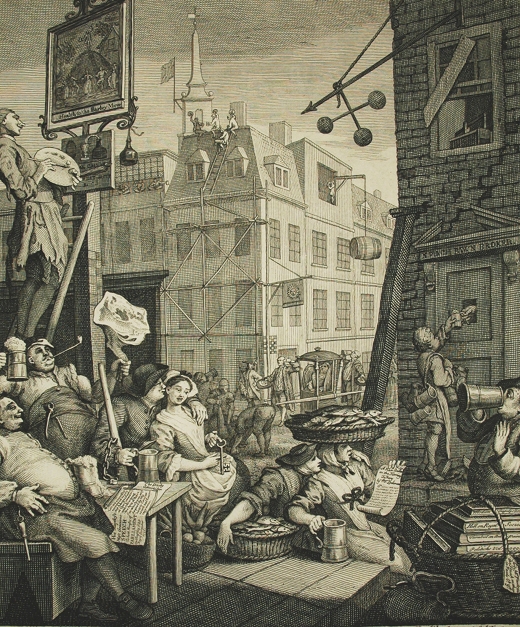
Probably the most interesting and significant discovery at Chetham’s of recent years was made around a decade ago by a work experience student sorting through a pile of old prints. Daniela Reimars, an Art History student at Manchester University, chanced upon a large album of dirty and dusty engravings. She quickly realised that what for many years had been thought an insignificant scrapbook actually contained almost two hundred prints by William Hogarth (1697-1764) and some of his contemporaries, which was verified by David Morris, Head of Collections at the Whitworth Art Gallery.
The scrapbook contained several pages of letterpress and aquatints based on Hogarth’s drawings, published well after Hogarth’s death. It then proceeded to both large and small engravings, including many of his best known works, and also a number of early works undertaken as book illustrations. For the most part the prints are good early impressions, taken during Hogarth’s life and thus subject to his artistic control.
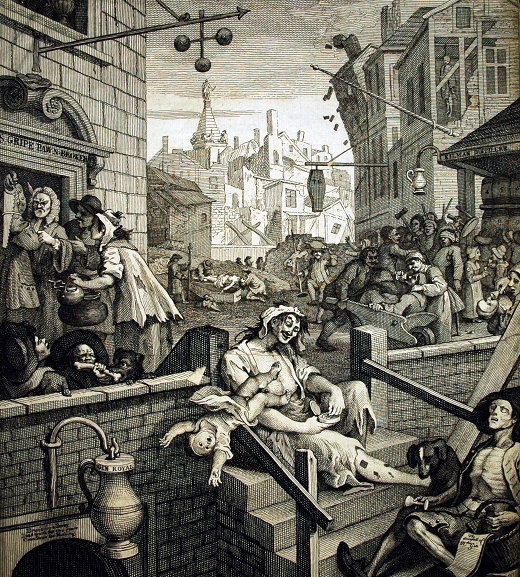
The prints include, among others, complete sets of the key works of the Hogarth canon – An Election Entertainment (1758), Marriage a la Mode (1745), A Rake’s Progress (1735), A Harlot’s Progress, The Four Times of the Day (1738), Beer Street, Gin Lane (1751), Stages of Cruelty (1751), and Industry and Idleness (1747). In addition, there are a number of engravings after Hogarth by other artists and a wealth of minor material.
A little detective work revealed that the set of Hogarth prints was bought by the Library at Vernon’s Auction in Manchester in November 1795 for the sum of £26.15.6, along with other assorted prints. Caring for the loose prints obviously presented a problem, and some twenty years later library staff bought a large empty portfolio at the sale of Manchester art collector John Leigh Philips and mounted the prints in a somewhat bizarre order, separating some of the most important sets such as the Rake’s and Harlot’s Progress.
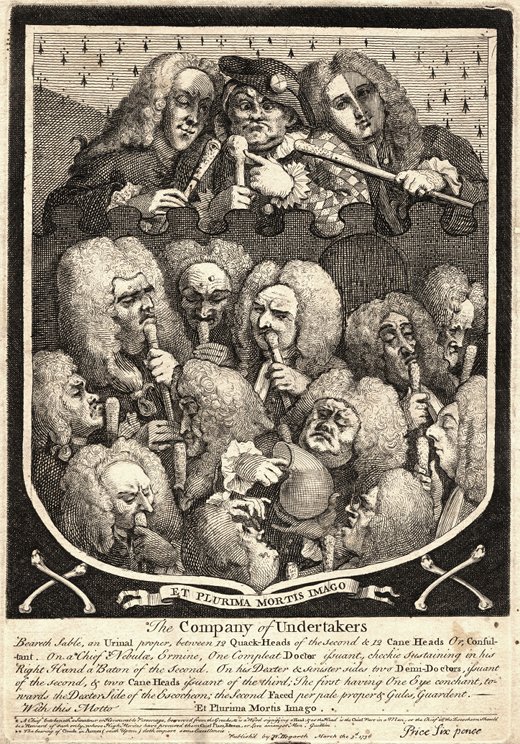
The scrapbook, which measured 63 x 47 cm, contained a total of 190 prints pasted onto both sides of fifty leaves on paper which had become acidic and brittle. The prints themselves have been cut down, but in most cases without affecting the impression of the plates. The scrapbook has now been disbound (after a record was made of its original order), and the prints deacidified, cleaned and matted so that readers may consult them without damaging the prints.
